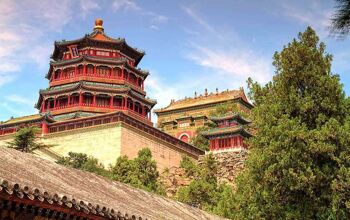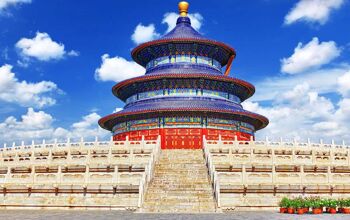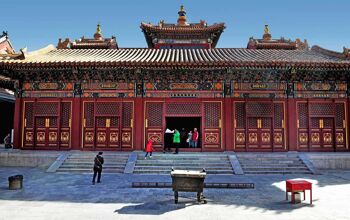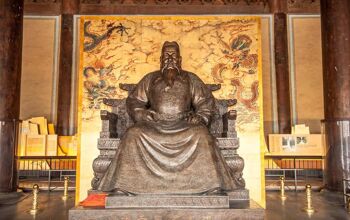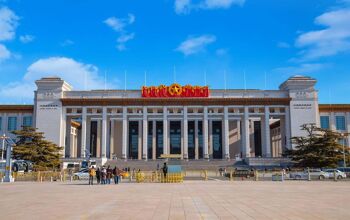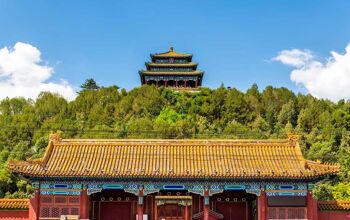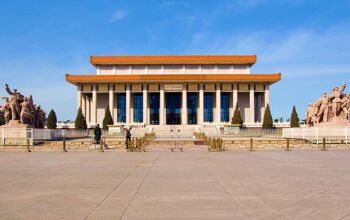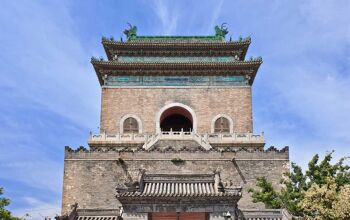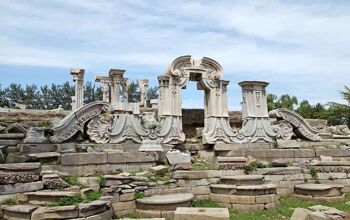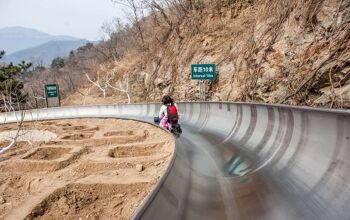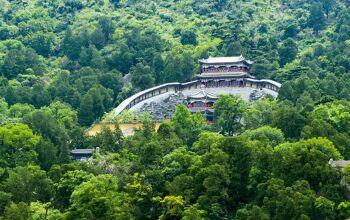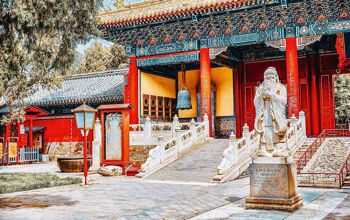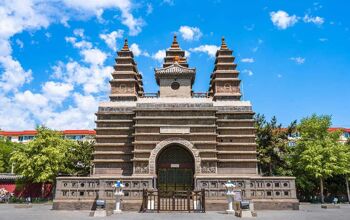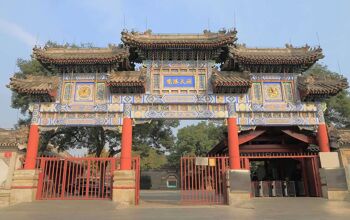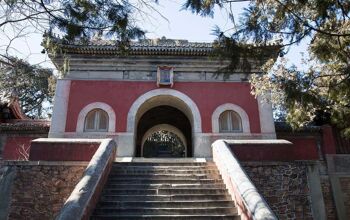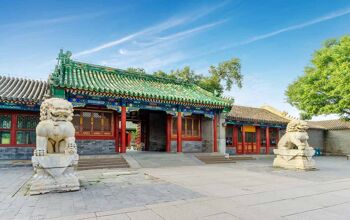Beijing, China
Built in the early 15th century, the Forbidden City is a vast palace complex of regal halls, ceremonial courtyards, gardens and living quarters, that served as the home of Chinese emperors and their households for 500 years. Behind its vermilion walls was a closed-off world of antique ritual and intrigue, where the ‘Son of Heaven’ was tended to by an army of servants, eunuchs and concubines.
Today the palace complex is a UNESCO World Heritage Site and the world’s largest collection of heritage wooden buildings. Officially called the Palace Museum, many of the rooms have been given over to museum exhibits of imperial treasures, from priceless ceramics to Qing-dynasty furniture.
Its central location, historic importance and architectural beauty make this Beijing’s most popular site of interest for tourists.
Adult price: £6
Good for age: 13+


![Great Wall of China [hiking & helicopter flights]](https://cxgveiouca.cloudimg.io/familyhotelfinder.com/wp-content/uploads/Beijing-Great-Wall-of-China1-SH.jpg?w=350&h=220&func=cover)

